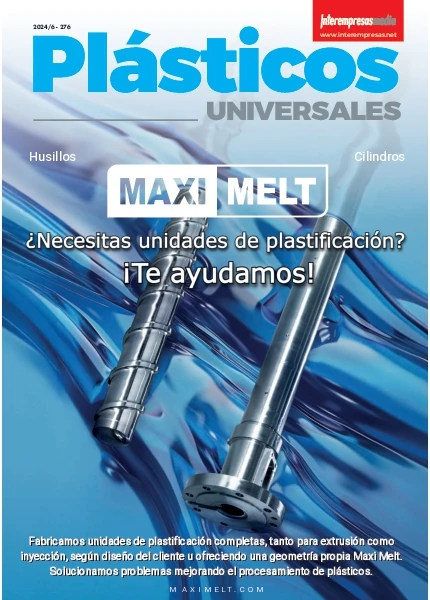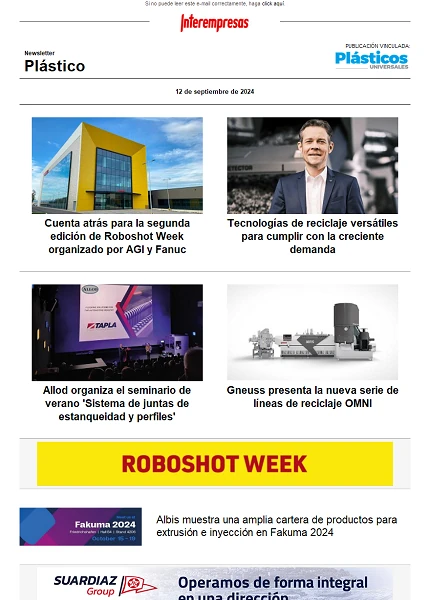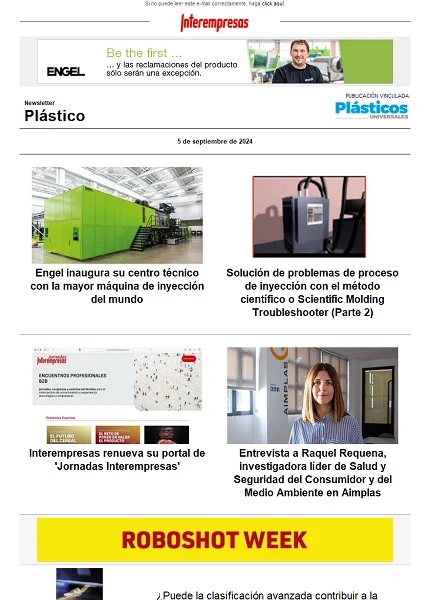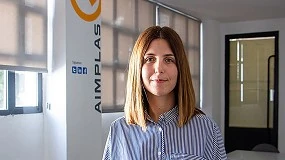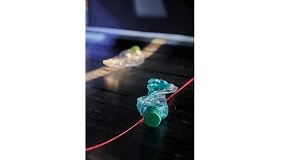Interview to José Ramón Ramos Barrado, Professor of applied physics at the University of Malaga
on April 11, 2011
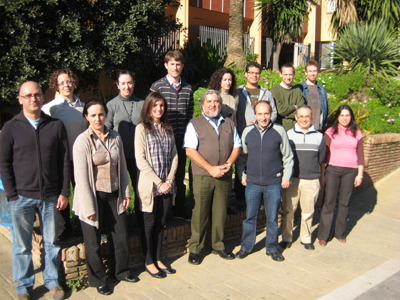
One of the main goals of your project is 'funcionalizar the solar absorber'. Do could you explain briefly what?
Funcionalizar a surface, in this case that of the absorber, is to provide it with specific properties depending on the purpose which is going to devote this surface; in the case of solar devices absorb solar energy to heat water. In this case, the functionalisation is achieved by depositing one or more layer very thin, of some tens or hundreds of nanometers, which modify the optical and thermal properties of the surface of the absorber. The absorber is where circulates the water or another liquid to be heated. Normally, the absorber more current and cheap are painted black; that means that it is going to 'absorb' very well the thermal energy of the light but also will emit heat when it is heated above the temperature of the atmosphere, so are very inefficient. Our with a selective surface, it will continue to well absorbing solar energy, but they will be issued very shortly and will be much more efficient.
Tell us a little more than the 'cermet'.
A 'cermet' is a material composed of a ceramic matrix where there are distributed a metal nano particles. There are many types of 'cermet' and they can be obtained in several ways. We try to get that kind of materials for low-cost procedures and which do not require an expensive installation.
In addition to the 'cermet', do are they investigating other materials?
Selective surfaces can also be achieved through combination of very thin layers that produce interference effects. We also study these types of coatings, but lately we are more focused on 'cermet' type coatings.
In his view, these cheaper materials can reach replace materials currently on the market?
If they are available for these methods efficiencies comparable to funcionalizados metal absorbers with layers obtained by methods which require high vacuum for their manufacture, of course that they will replace them. Even if they are absorbers based on plastics and funcionarizados with layers made with high vacuum, since the material base, the plastic, it is cheaper than copper or aluminium of the current absorbers, weigh much less, are more manageable and easier machining.
The use of low-cost materials such as metals or plastics, in research as his projects do allow in the long run bring solar energy to the citizen of a foot?
Obviously, if it can reduce costs, be amortised in less time investment needed for domestic solar energy sanitary installation and they will be much more profitable.
Do you think that the future goes through the homes of hot water and electricity self-sufficiency or is still very far?
The self-sufficiency of water hot, or at least 80%, is not far and in temperate zones now days is almost real. Another thing is electricity self-sufficiency. It is necessary to obtain cells more efficient, smaller and cheaper, but advances in this field are also notable. There are now commercial Silicon cells with returns of more than 18 percent and semiconductors II-V of more than 30%. We collaborate with Isofoton, S.A. which is making cells of that order of efficiency and to improve day to day production getting ever more competitive cells.
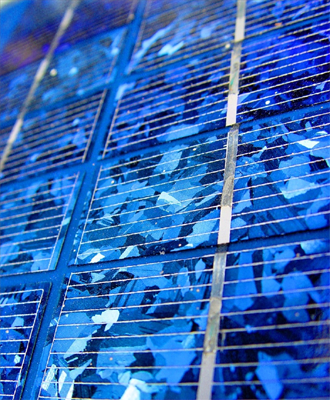
Do you think can transfer his method to the Andalusian companies to develop industrially?
Not that aspect we have set for the time being. First we want to improve our results and then we be already taken that point. But that is certainly our intention to last.
Until today the layer that covers the absorber is manufactured out of Spain. In which countries are we talking about?
In Europe, we speak mainly of Germany and France.
His research project is funded by the Ministry of economy, innovation and science of Andalusia. In general, missing financial support of the administrations in the r & d?.
Researchers always seems to need my support, but the truth is that the Junta de Andalucía has done, and I hope to continue doing that, a great effort to support this type of research and we hope to match results. It is not easy but we are close to achieving this.
In what position it has r & d in Spanish universities and technology centres with regard to other countries? What them had his colleagues in Europe and outside Europe?
In Spain there is a good level in the field of functionalisation of surfaces and solar energy; There are good facilities and good groups. We lack the tradition in applied and technological research in countries such as Germany or France is leading, but above all lack a personnel policy that allows to train researchers and technologists in these fields and who have the possibility of a minimally reasonable professional career that does not involve an adventure. And we need more industries that also demand to such personnel, which is going to be able to innovate and achieve high value-added products.
More economical procedures
The overall objective of the research of the team of Dr. Ramos Barrado project is to design and manufacture a collector with an absorber of solar selective surface, with a thermal efficiency high, resistant to environmental corrosion, easy industrialization and low costused as a substrate, metals or plastics. By the time they have obtained partial results, such as the use of the 'cermet', composed of ceramic and metal. The research is part of a project of excellence supported by the Ministry of economy, innovation and science of Andalusia with 464.237 euros.
The team aims to make the layers by procedures that do not require a large investment by the industry, which are economically profitable. For this reason, scientists are acting on absorbers of metal and plastic, which used different techniques depending on the material to be treated. For the metal using a low-cost, 'spray pyrolysis' procedure (breaking by heat), by which you get the desired layer from the chemical pyrolysis of a precursor which is deposited on the metal through the spray of aqueous solutions of this precursor. The Group has a long experience in the use of spray pyrolysis, that this draft is halfway between an industrial technique and one laboratory, because they have used it on large, a subway surfaces or meter and a halfalmost scaling at the industrial level. On the other hand, the absorber plastic uses a method called 'magnetron sputtering'. A machine makes a high vacuum and physical evaporation evaporates the substance to be put on the plastic (several layers). Technique is expensive, but allows the functionalisation of plastics by not requiring high temperatures for the formation of the layers.
Also, the consequences for the environment of the application of this technology would be positive, as the collectors enhance the use of solar thermal and photovoltaic, with what would reduce the consumption of another type of more polluting energy. And 'spray pyrolysis' and 'magnetron sputtering' methods are not clean.


